

Editing teletext pages for Radio Television Ljubljana, 1986. It became the first Yugoslavian teletext in 1984, although there were trials already in 1980. More info, photos and videos here.


Editing teletext pages for Radio Television Ljubljana, 1986. It became the first Yugoslavian teletext in 1984, although there were trials already in 1980. More info, photos and videos here.







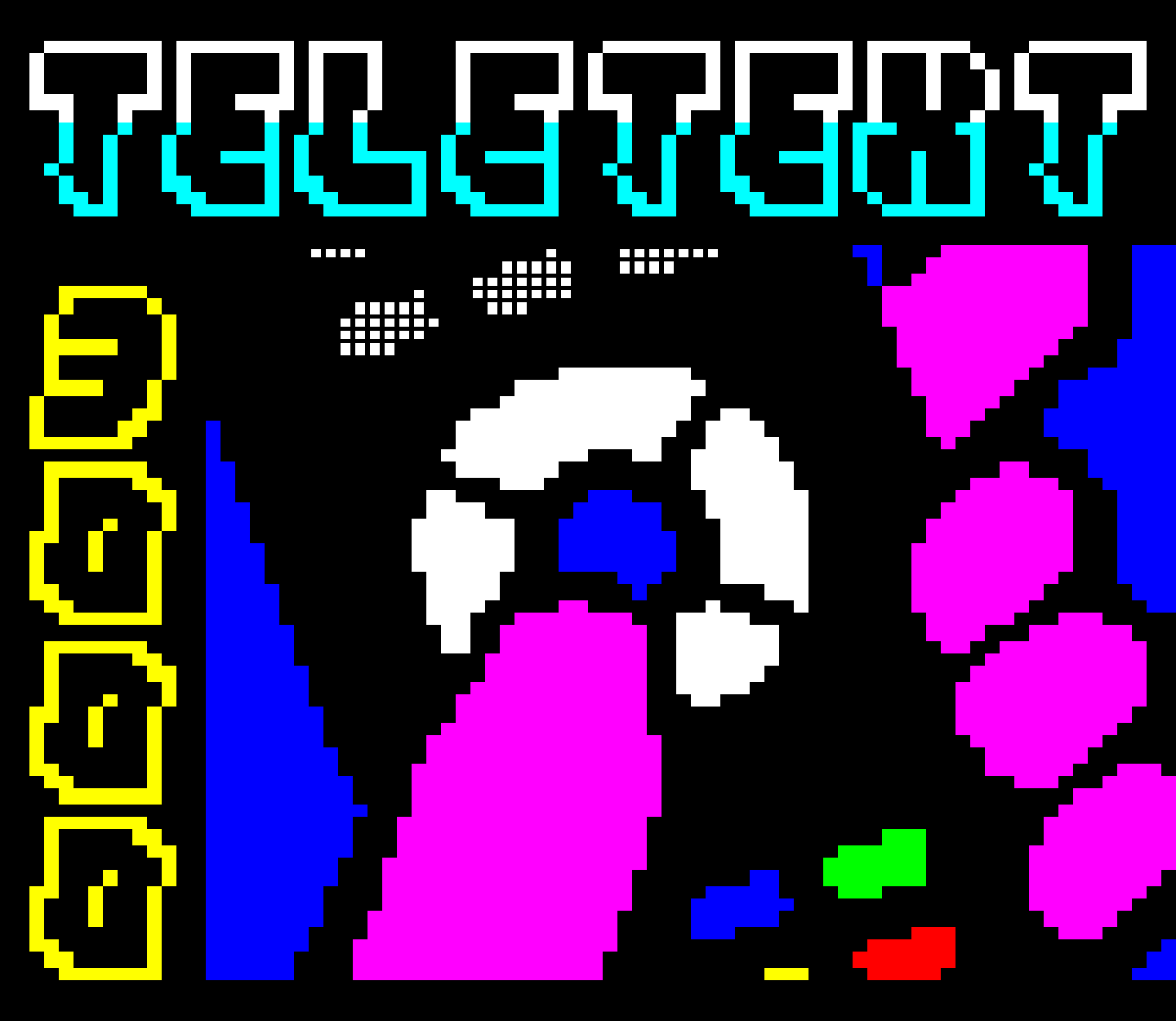
Teletext works by Wim Dewijngaert, 2023.
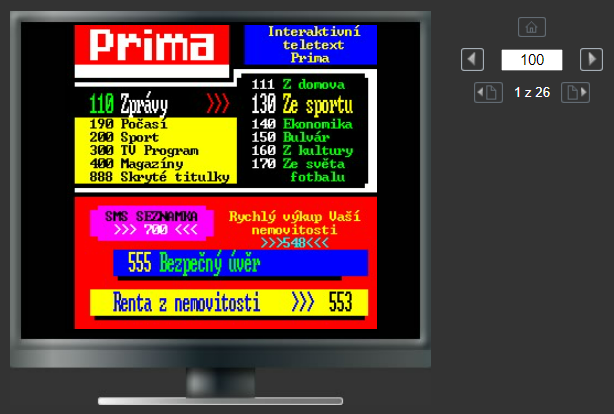



The Czech TV-channel Prima had quite a particular style for their teletext, before it shut down in 2020. They had three teletext channels, which were all available online: Prima, Prima Cool and Prima Love (later renamed Prima Krimi).
The Teletext museum has older examples (from 2002 or earlier). Note that the Czech characters are not shown correctly.
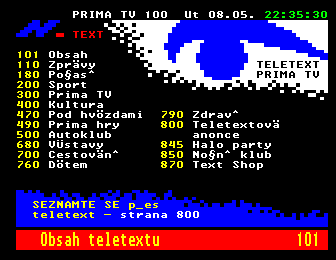
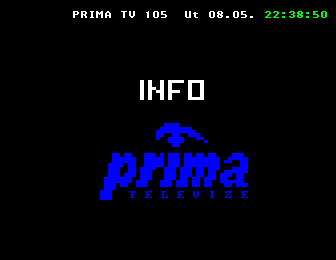
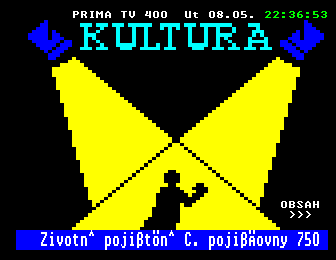
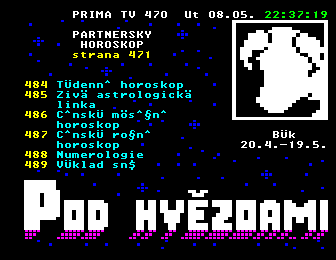
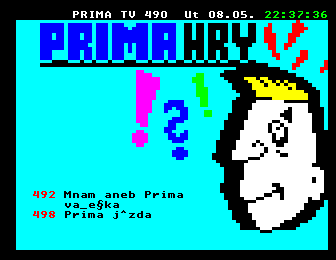

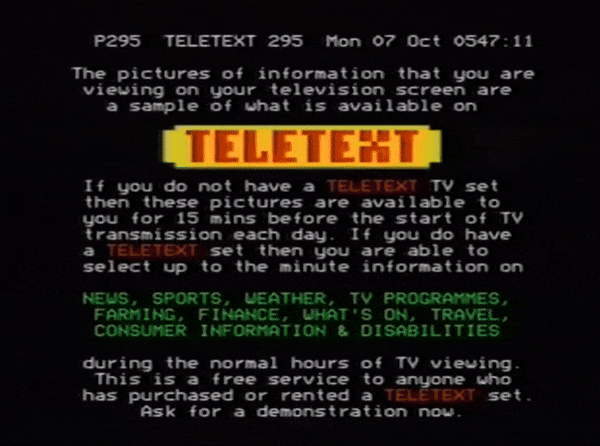
New Zealand teletext caught in a bad moment, probably 1985. See the full video.
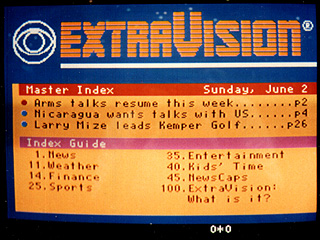
ExtraVision was an American teletext service on CBS, 1983-1988. It didn’t use the British WST teletext standard, but the French Antiope, which was eventually swallowed by the American NABTS standard.***
ExtraVision was featured in the book Teletext: Its Promise and Demise by Leonard R. Graziplene. Image from here.

Happy 45th birthday to the oldest teletext service, SVT Text in Sweden. BBC was first, but they stopped doing teletext in 2012. According to recent polls, SVT Text is used daily by 15% of the Swedish population.

Teletext decoder test on national Czech TV, Česká Televize, 2024. One in ten Czechs accessed ČT1 teletext in 2009, according to this report. ČT announced a new teletext service in 2010 and launched “HD teletext” (HbbTV) the following year, while still keeping the oldschool one.
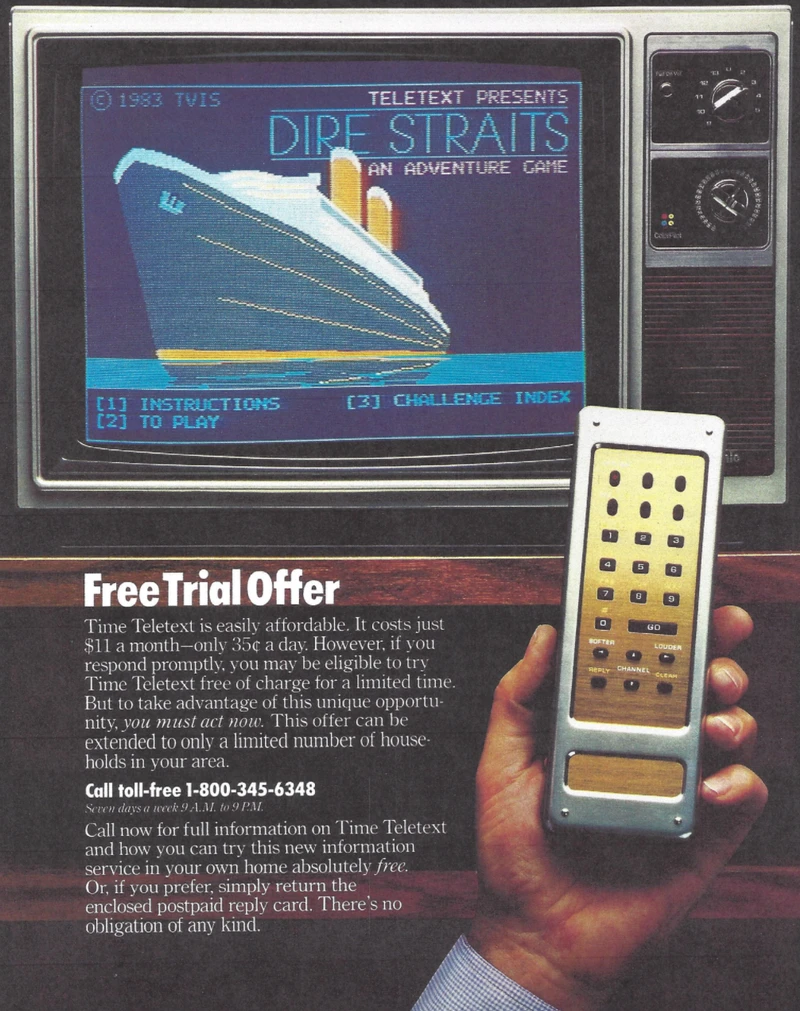
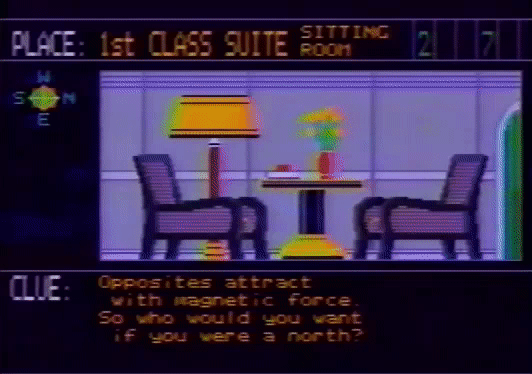

Time Teletext was a US teletext service, 1981-1983. Compared to common British teletext, Time offered smooth vector graphics with the NAPLPS-standard (common in American videotex). Time used satellite and cabe cable, so it had more pages and a better frame than other teletext. That paved the way for teletext games sucha as Dire Straits and Outer Space Zoo. The games turned out to be more popular than the news, which was not what Time was hoping for with their $25,000,000+ investment…